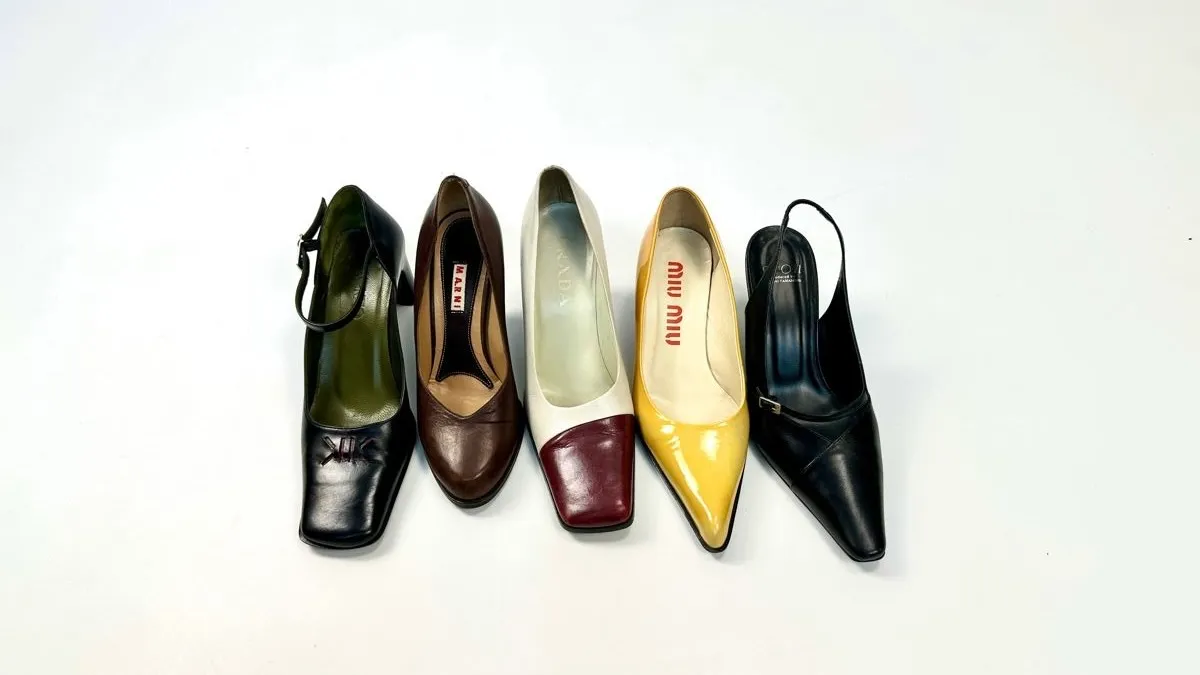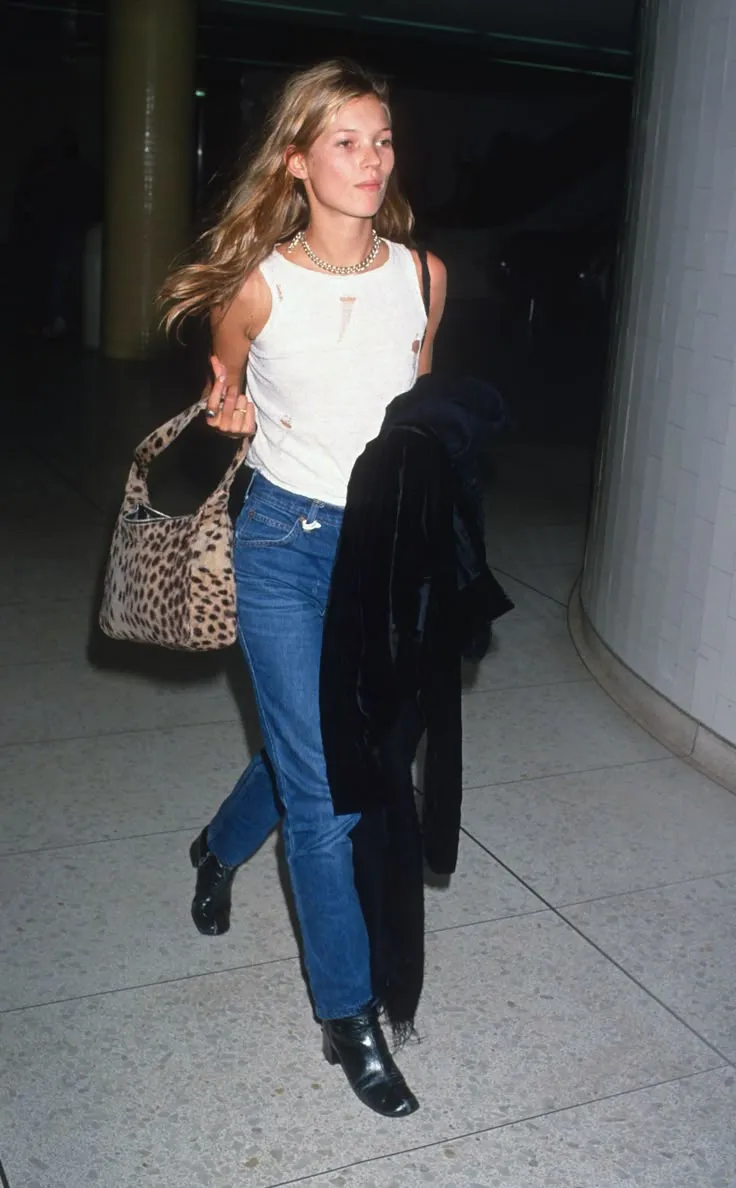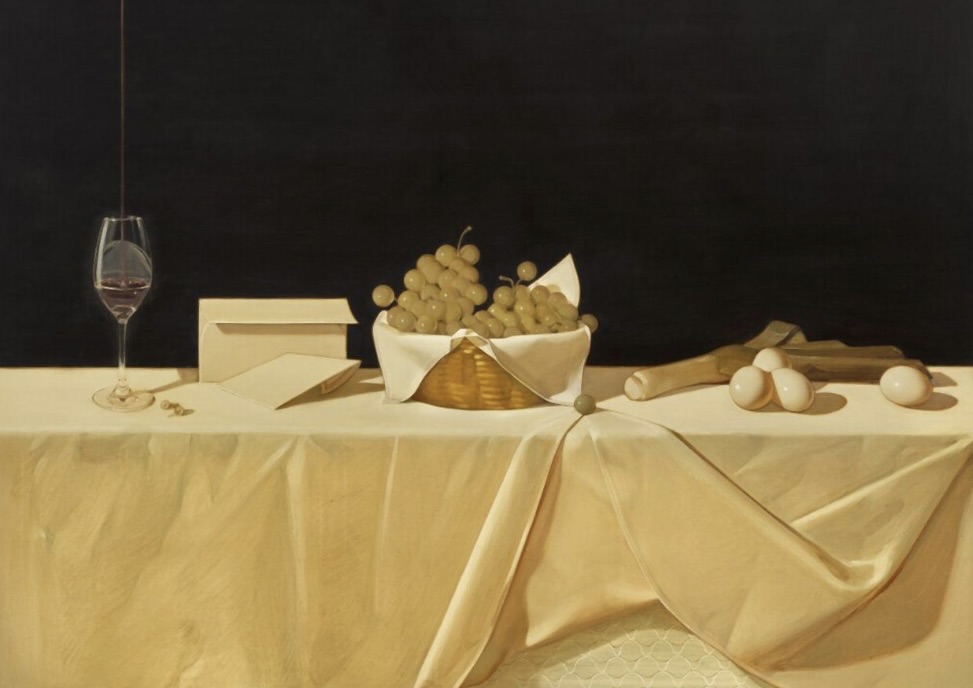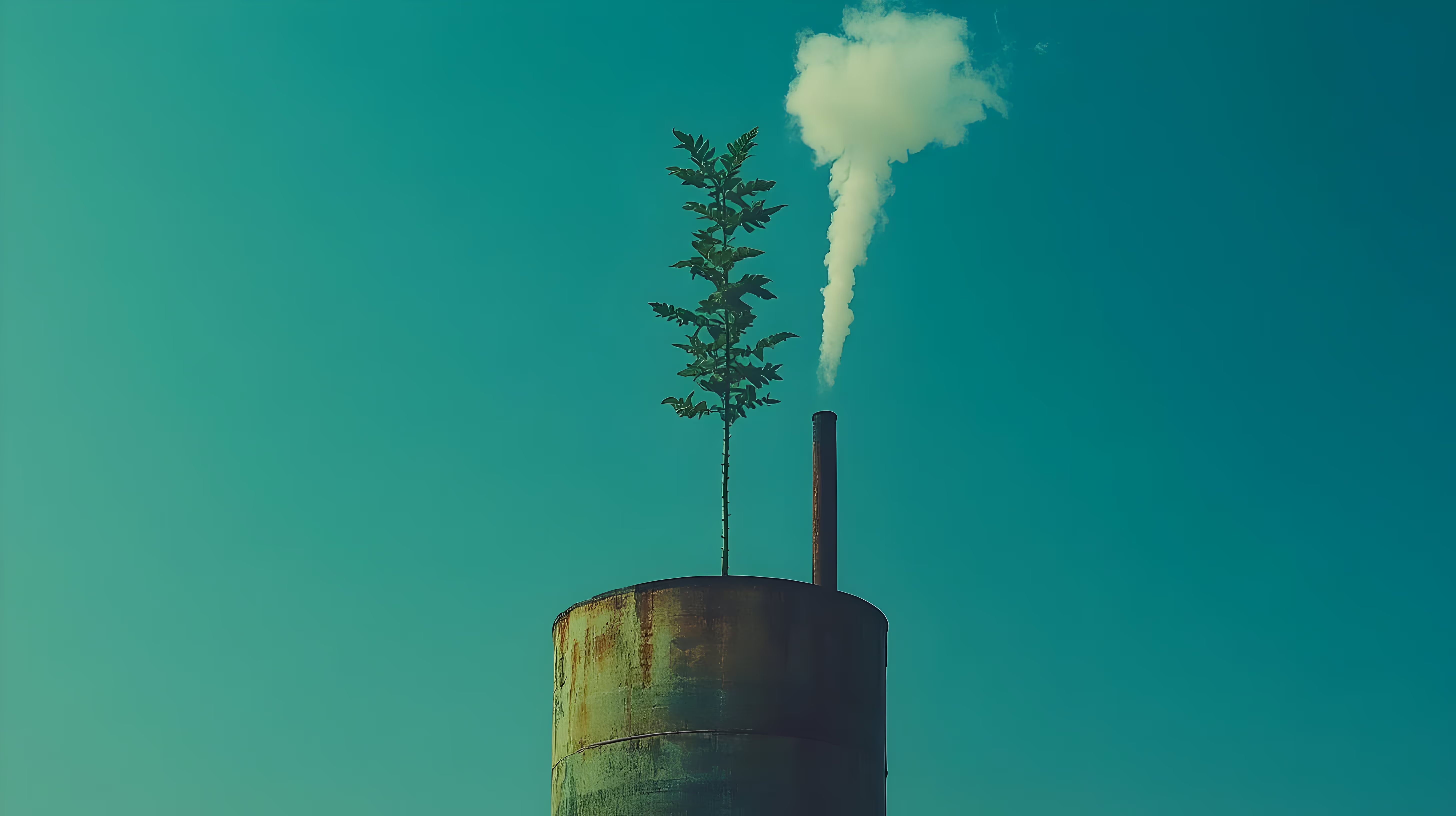
In response, a new aesthetic philosophy is rising, one not driven by the next drop or digital chaos, but by the distilled elegance of another era: the 1990s. Not the pop excesses or logomania, but the serene minimalism worn by the likes of Carolyn Bessette-Kennedy, Christy Turlington, and Amber Valletta – women whose presence lingered in quiet lines and unshakeable restraint. Their style spoke to permanence over performance, clarity over clutter, and that is precisely what today's generation is seeking. We are exhausted by overconsumption and performative progress, the fashion mood is shifting away from spectacle and towards something slower, more structural, and deeply conscious. High-sheen satin skirts, crisp white tailoring, fine knits in oatmeal and storm grey – these are emotional stabilisers, visual rituals. The look is now strategic. In an uncertain world, the 90s offer a blueprint for a less reactive, more intentional way of being.
You see it in how people shop: fewer impulse buys, more scrutiny of fibre origins, garment care, and cost-per-wear. TikTok is currently awash with "capsule wardrobe diaries" and “90s model off-duty” guides not to recreate a look, but to reclaim a logic. How do you dress with dignity when your world feels precarious? You simplify. You invest in what softens the noise. You stop looking outward for validation and begin again, garment by garment, gesture by gesture. Minimalism today isn’t sterile or joyless anymore. It’s textured and lived-in. It holds the softness of a silk tank that moves like water or the quiet weight of a well-made blazer that will outlive five apartments. This aesthetic revival is infrastructure. And at a time when ecological urgency meets mental overload, infrastructure matters. Brands like The Row, Totême, and even smaller labels like Paris-based Envelope 1976 or Studio Nicholson from London are building modern luxury on old-world values: tailoring, tactility, and time. Their colour palettes resist the carousel of trends. There are no slogans, no ironic prints. Instead, we are offered clothing that communicates restraint – a powerful antidote in a world of constant display.

Models from the 90s, too, have returned not just as references, but as figures of continuity. Linda Evangelista in a pared-back editorial for Vogue, Naomi Campbell in archival Alaïa – these women remind us that longevity is an asset. In fashion, and in life. Their grace carries a message: stay still long enough to be seen. We are also witnessing this aesthetic recalibration beyond clothes. Interiors are quieting – soft monochromes, natural materials, a return to quality over quantity. Beauty rituals are becoming less performative, more skin-and-soul oriented. It is a broader cultural pivot toward “fewer, better” – a mantra that echoes far beyond the wardrobe.
The 90s taught us how to subtract with elegance. And today, that subtraction feels not only relevant but necessary. It’s a reaction to a decade of digital acceleration, the rise of hustle culture, and the emotional static of always being seen. Minimalism in 2025 is not just a look. It is a way of reclaiming attention. In this moment, we finally crave presence. And that’s also the quiet brilliance of the 90s: it reminds us that a simple black turtleneck, perfectly fitted jeans, or a bias-cut slip dress can offer a sense of order, a soft power that doesn’t need to explain itself.
So as we move forward in uncertain times, maybe the most radical thing we can do is return to less. Less noise, less excess, less demand to perform. And in doing so, we find space. Space to move, to rest, to choose again. Just like the 90s taught us.

